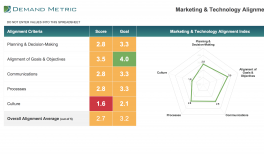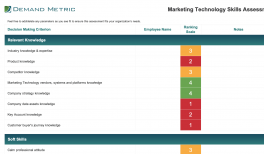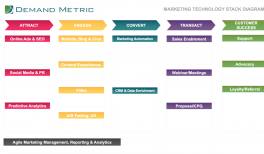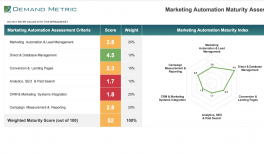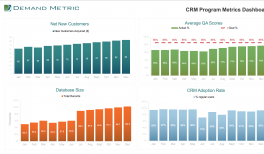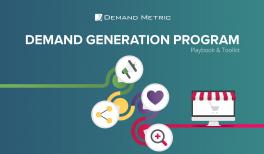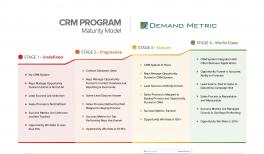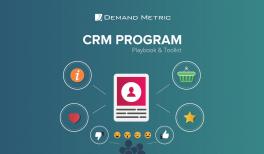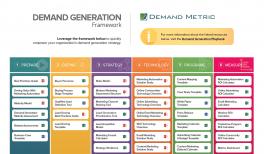MRP and Demand Metric partnered to field research to find out how these personas adopt martech differently and how their posture toward martech adoption impacts their ROI.
MarTech Adoption Benchmark Report
Resource Overview
Related Resources
Introduction
In the early 1960s, Everett Rogers popularized the Diffusion of Innovations theory to explain how organizations adopt technology.
This theory introduced the business world to five personas that describe different attitudes toward technology adoption: Innovator, Early Adopter, Early Majority, Late Majority, and Laggard.
Innovators are those organizations that first adopt new technology so that they can gain the advantages it might provide before anyone else does. In doing so, they accept the greatest amount of risk, because they are blazing the adoption trail that may or may not lead to a reward. At the other end of the spectrum, the Laggards assume almost no risk because they are the last to adopt, but they are also the last to experience the advantages technology offers.
Technology began entering the domain of marketing decades ago, and it is now considered indispensable to marketing’s success. But even so, not all marketers have rushed to embrace marketing technology (martech) as they consider where the “sweet spot” is on the technology adoption curve. Which persona is winning? “Winning” has several possible meanings, but in this study the scorecard is martech return on investment (ROI).
MRP and Demand Metric partnered to field research to find out how these personas adopt martech differently and how their posture toward martech adoption impacts their ROI. The benchmarking information this study provides can help marketers build a best practice blueprint for acquiring, adopting, and maximizing the ROI on martech.
Table of Contents
- Introduction
- Executive Summary
- The Personas
- MarTech Stacks
- Budgeting for MarTech
- Acquiring/Building the MarTech Stack
- Skills, Metrics and Satisfaction
- MarTech Challenges
- Analyst Bottom Line
- Acknowledgements
- Appendix - Survey Background
Research Methodology
This Marketing Technology Benchmark survey was administered online during the period of July 18, 2017, through September 20, 2017. During this period, 236 responses were collected, 218 of which were qualified and complete enough for inclusion in the analysis. This research report is based on self-reported data that we consider reliable, but we do not represent it as accurate or complete, and it should not be relied on as such.

